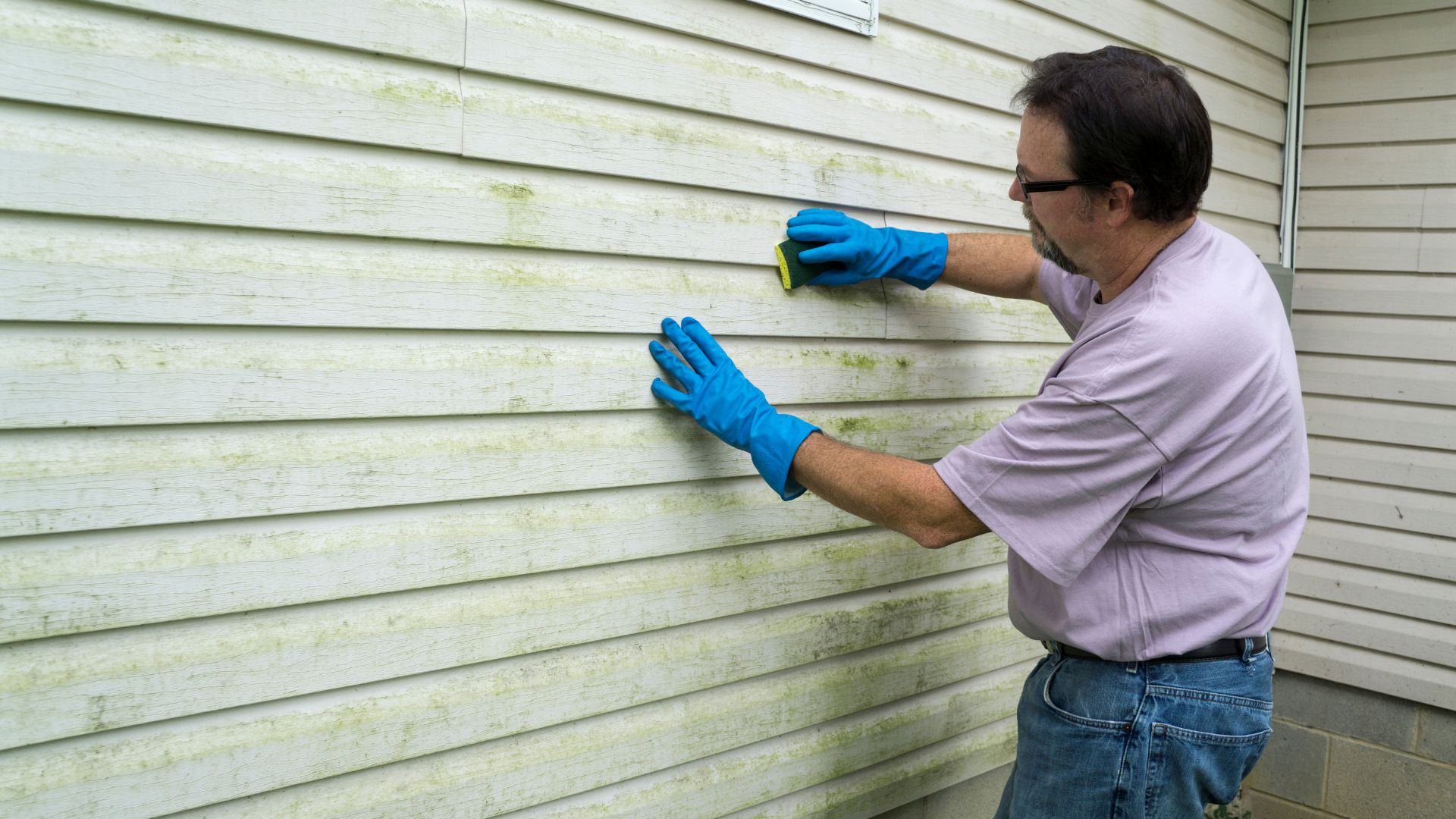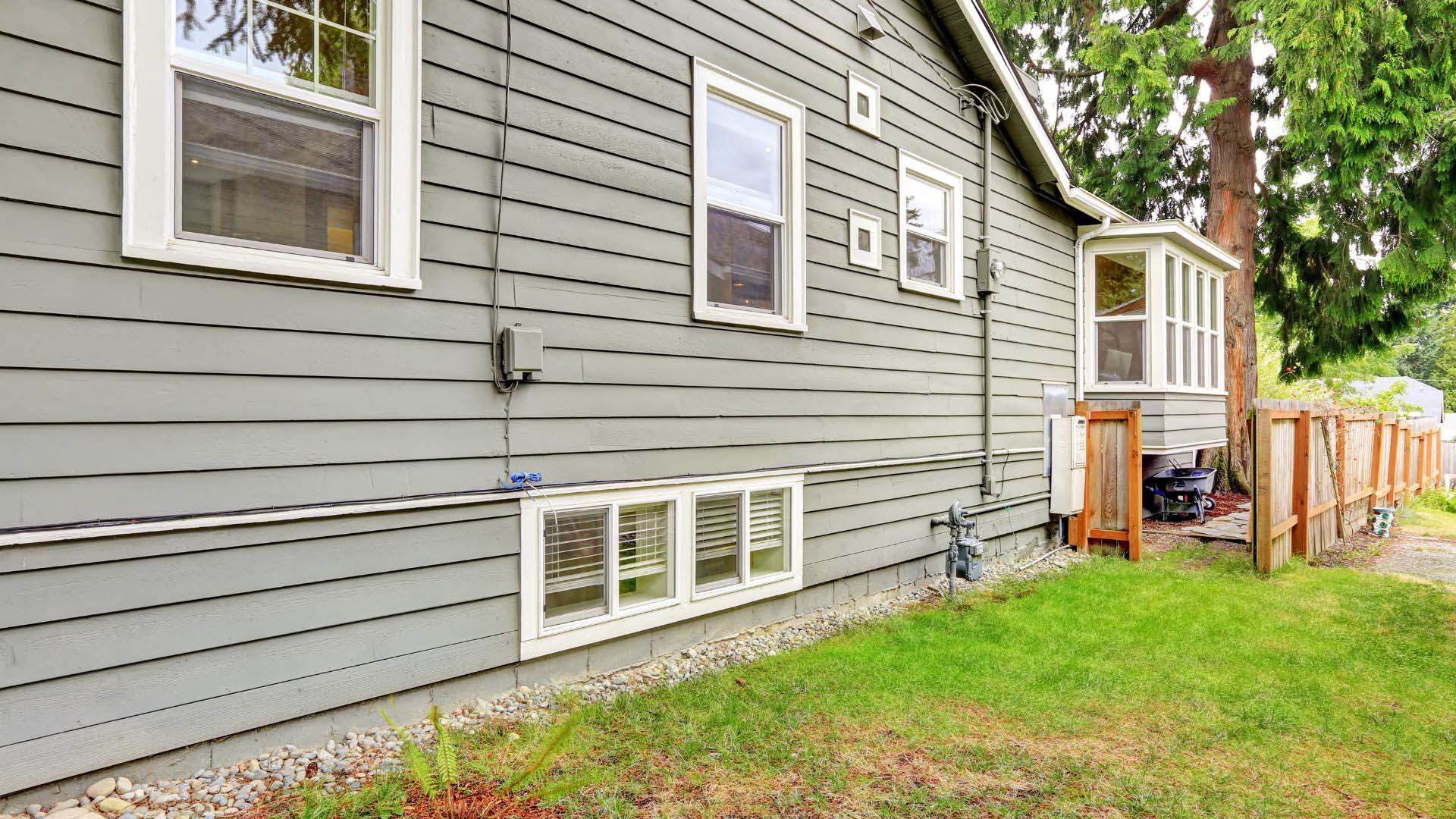Early Warning Signs of Siding Damage: Cracks, Holes, and More

Your home’s siding not only adds curb appeal, but it also protects your home against the weather. You probably don’t pay much attention to it on a regular day. Maybe you notice it while dusting or cleaning the exterior, but chances are, you’re in a hurry and don’t catch the minor changes. Often, we only truly notice the siding when there's visible damage.
If you’ve ever wondered whether that small crack or dent in your siding matters, the answer is yes. It could be the beginning of bigger problems.
In this blog, we’ll explain how to spot siding damage and what steps to take before minor wear turns into a major expense.
Why It’s Important to Detect Siding Repair Warning Signs?
Siding is not a mere decorative piece on your building, but it keeps moisture out, insulates your home, and prevents pests from sneaking in. Ignoring early siding problems like cracks or small holes can lead to
- Water leaks and hidden mold
- Expensive structural repairs
- Energy loss and rising utility bills
- Pest infestations
- A major drop in your home’s value
And the longer you wait, the more expensive the repair becomes. That’s why spotting the signs early is key to protecting your home and your wallet.
7 Noticeable Signs of Siding Damage
Let’s begin with a few simple signs that suggest early siding problems.
1. Cracked Siding Panels - Did you just notice a minor crack on your siding panel? Don’t just ignore it because that’s the most common sign of siding damage.
Cracks can appear due to weather changes, age, or even impact from hail or debris. They might look small and harmless at first, but these openings allow water to leak behind the panels, leading to rot, mildew, and even wall damage.
Check For -
- Vertical or horizontal cracks in vinyl or fiber cement siding
- Cracks near corners or edges
- Discoloration around the crack
| Tip - Run your hand along the siding on a dry day. If it feels brittle or flakes off, it’s time for a professional inspection. |

2. Holes in House Siding - Tiny holes in your siding might seem like no big deal, but they can allow bugs, rodents, and moisture to pass in.
Holes in your siding could be due to birds, insects, or impact damage. And once water gets in, it can travel through insulation and framing. It can even cause long-term damage that you can’t imagine.
Check For -
- Visible punctures or small gaps in the panels
- Any wasp nests, ant trails, or animal activity near these spots
| Note - Holes in siding aren’t just about appearances; they suggest a bigger problem that needs fast action. |
3. Warping or Bubbling Panels - Have you ever noticed bulging out or curling siding panels? That’s not a design flaw; it’s usually a red flag for moisture damage.Warping can mean water has gotten behind the siding and is pushing it outward. It could also be a sign that the siding was installed improperly or has aged past its lifespan.
Check For -
- Panels that don’t lie flat
- Soft or spongy areas when pressed
- Warping under windows or near gutters
| Tip - This kind of early siding problem should be taken seriously. Ignoring it can lead to rotting wood, mildew growth, and insulation damage. |
4. Faded or Peeling Paint - Siding that fades or peels too quickly could mean it’s no longer protecting your home the way it should.
- Wood siding needs extra attention. If the paint starts peeling soon after a fresh coat, it’s often a symptom of trapped moisture.
- Vinyl siding doesn’t peel, but if it’s badly faded, it’s often due to sun damage or aging.
Check For -
- When was the last time you repainted or replaced siding?
- Are certain walls fading faster than others?
5. Rising Energy Bills - When you notice rising energy bills, a damaged siding might not be the first thing that comes to mind, but your siding directly affects your home's energy efficiency.
If your heating and cooling costs are rising without any obvious reason, your siding might be the reason behind it. Gaps, cracks, and loose panels reduce insulation and allow air to escape.
Check for -
- Drafts near walls and windows
- Cold or hot spots inside your home
- Insulation is visible behind loose panels
| Note - Addressing these common siding issues improves comfort and reduces your energy bills. |
6. Visible Mold, Mildew, or Dry Rot - Water is your siding’s worst enemy. If you start seeing greenish-black patches, mildew streaks, or crumbling wood, you must act immediately.
These signs suggest that water has gotten behind the siding and might be quietly damaging your home from the inside.
How to Inspect -
- Look near gutters, seams, and the bottom edges of your siding
- Tap wooden areas with a screwdriver. If it sinks in easily, it may be rotted
- Sniff around, as mold has a distinctive musty smell
| Note - If there's mold or rot, it's more than just a surface fix. You may need full siding replacement in affected areas. |
7. Loose or Missing Panels - Storms, old siding, or bad installation can make panels come loose, shake, or even fall off. It not only makes your home look bad, but also leaves the layers open to rain, wind, and pests, which can lead to bigger problems over time.
Inspect For -
- Are there siding pieces that move when touched?
- Any panels lying in your yard after a windy day?
- Do seams appear to be separating?
| Note - Loose panels are a clear sign your siding needs fixing. It’s something you can’t afford to delay. |
Quick Siding Solutions Only for You
Q. How often should siding be inspected for damage?
Ans. At least once a year, and after severe storms. Regular visual inspections help catch early siding problems.
Q. Can I repair cracked siding myself?
Ans. Minor hairline cracks might be patched, but for larger issues or hidden water damage, it’s best to call a professional.
Q. When to replace siding?
Ans. Here are a few signs that it might be time to stop repairing and start fresh.
- You’re seeing damage in multiple areas
- Repairs are becoming frequent and expensive
- You notice moisture or mold issues indoors
- Your siding is over 20-25 years old
Q. What’s the average lifespan of siding?
Ans. The lifespan also depends on the siding material. For example, vinyl siding lasts 20-40 years, while fiber cement can go up to 50 years with proper maintenance.
Takeaway
Your siding protects your home from the weather, keeps energy bills in check, and gives your house that finished look. But being exposed to natural elements can wear it down over time.
That’s why catching small issues like cracks, holes, or loose panels early can help you avoid major repairs, mold, and costly damage down the road.
So, if you spot anything unfavorable, immediately call a professional siding service for repairs or replacement.
Fix Your Siding Before It Costs You More - Get Expert Help At Windows & Siding Reno
At Windows & Siding Reno, we specialize in detecting siding damage before it spreads. Our team has the tools, experience, and dedication to help you restore your home’s protection and beauty at affordable prices.
We provide the best long-term solutions, from minor repairs to full siding upgrades. If you notice any of the early signs of siding damage, contact us for professional siding repair and replacement

